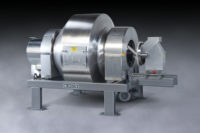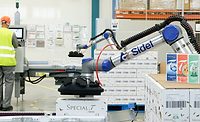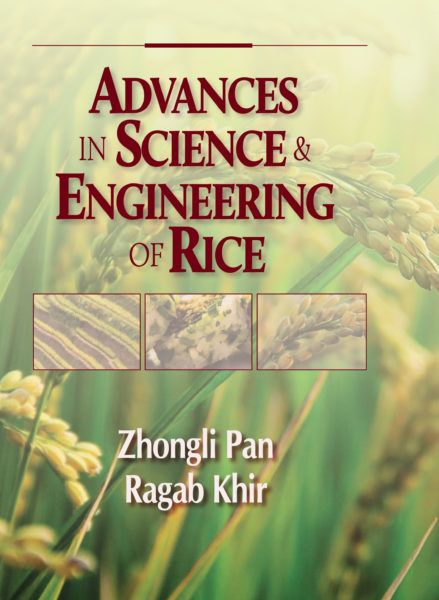Sieving systems speed tea production

 |
| The Compact 3in1 sieve bag-tipping station lets operators load 165-lb. bags of tea into the sieve, from where it travels by conveyor to further processes. Source: Russell Finex. |
Clipper has a wide range of teas available, with more than 200 SKUs from its Sleep Easy and Detox Infusions to Earl Grey and Assam Specialty blends to the Everyday cuppa. On average, the company produces 16,000 to 18,000 lbs. of tea per day, and with handling and blending critical to the production of high-quality tea, the processor is continuously looking for ways to enhance its product quality.
Clipper initially used one loading system to transfer 165-lb. bags of raw material onto a bucket elevator. The tea was then processed through a reciprocating screen to remove any contamination, and then fed into two cone blenders.
Having only one loading system proved to be problematic, as production was halted if the system required cleaning or maintenance, compromising business continuity. In addition, the reciprocating screen was difficult to dismantle and clean, usually requiring three operators to handle it, resulting in production downtime and increased labor costs. Furthermore, the screen could not be visually inspected without dismantling the unit, contributing to further inefficiencies.
“It became clear that in order to efficiently meet demands, the process had to be reviewed, not only to maintain business continuity but also to improve the screening process,” says Steve Norris, Clipper Teas engineering and maintenance manager.
With this in mind, the processor decided to search for a new loading and screening system where the key search criteria included ease of changing screens and the ability to visually monitor the tea as it is screened.
Clipper wanted to invest in a system that would enable two identical production lines to ensure production would not be disrupted during maintenance. This would allow the processor to expand and increase capacity during busy periods.
Having worked with Russell Finex previously, Norris approached the supplier for a solution. Although an inline sieve was initially being sought, following a test on four different teas, it was determined the Russell Compact 3in1 sieve would be the most appropriate machine, as it met both Clipper’s loading and screening requirements.
Two large 36-in. diameter sieves were incorporated, due to the oversized nature of the bags being tipped into them. Designed for check-screening ingredients through low-level bag emptying, the sieve is easy to assemble and disassemble, and enables screens to be changed quickly and efficiently.
“The two Compact 3in1 sieves have enabled screening capacity to be doubled, allowing for greater flexibility, improved screening and therefore a reduction in waste and labor costs,” says Norris.
With the new machines in place, Clipper Teas has been able to enhance its quality control procedures, ensuring every box of tea that leaves the warehouse is of the highest quality.
For more information:
Rob O’Connell, 704-588-9808, rob_oconnell@russellfinexinc.com, www.russellfinex.com.
Looking for a reprint of this article?
From high-res PDFs to custom plaques, order your copy today!







